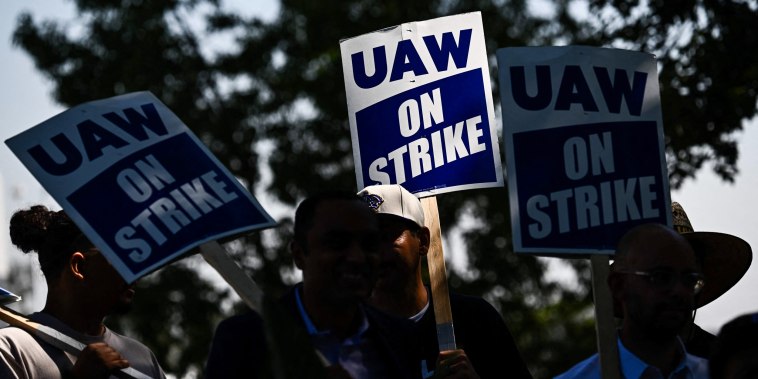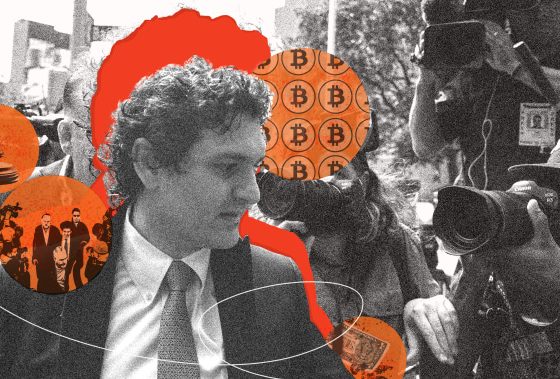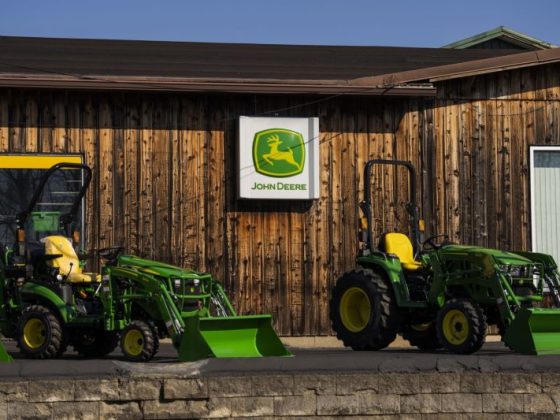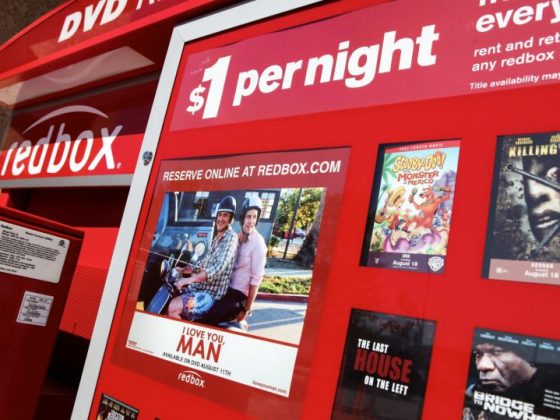The past several months have seen a dramatic increase in labor movements across the US. From teachers’ strikes in West Virginia to protesters gathering outside of state Capitols, the US is currently exploding with labor unrest. The goal of this movement is clear: improve job security, strengthen wages and benefits, and dissolve the hold corporate interests have over the American worker. But what happens once the dust settles from this current chapter of labor activism?
The power of labor movements lies in their collective voice. Through unified demonstrations and specific goals, labor movements are often the primary driver for major labor reforms. When labor movements accomplish their goals, it can lead to lasting changes in wage and benefit standards, job safety, union formation, and more.
The other major outcome of labor movements is the increased awareness of labor issues. By uniting and speaking out, labor movements can expose the harsh realities of the workplace to the public. Once the dust settles and the attention diminishes, those in power are not likely to forget the demands of the labor movement, ultimately giving them more leverage in future negotiations.
But even if labor movements don’t succeed, the conversations they spark remain in the public discourse and can help redefine labor debates in the future. In addition, new generations of workers who experienced some of the issues firsthand can be more prepared to face similar problems in the future. As more of these generations enter the workforce, labor movements can gain more momentum, sparking another cycle of protest and reform.
In the end, labor movements have the potential to bring about significant changes in the workplace. Whether through immediate reform or long-term awareness, labor movements benefit workers both now and in the future. So when the dust settles, labor movements can leave behind a positive legacy for all those involved.











